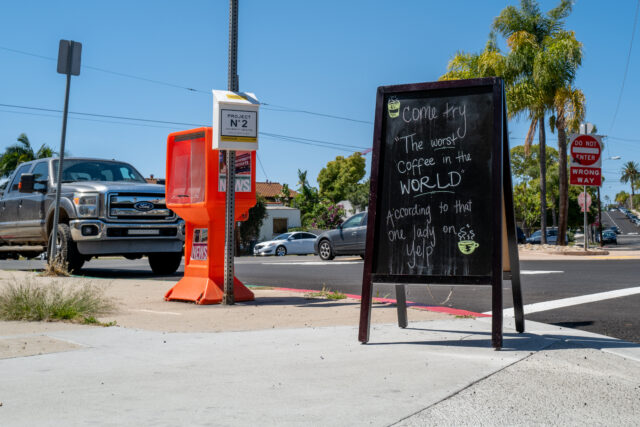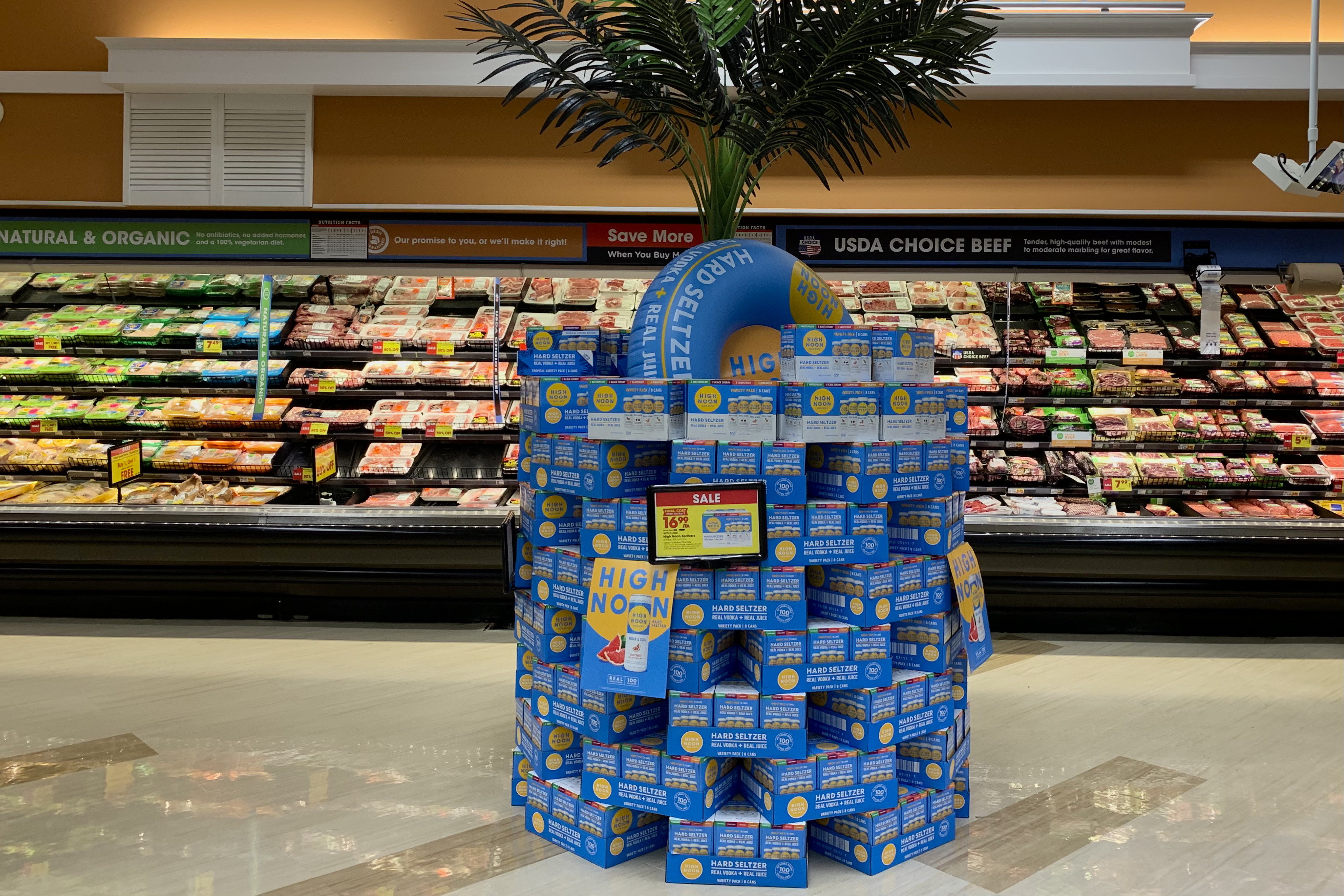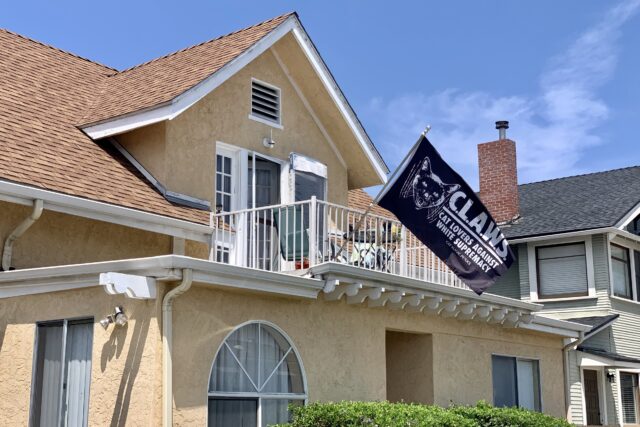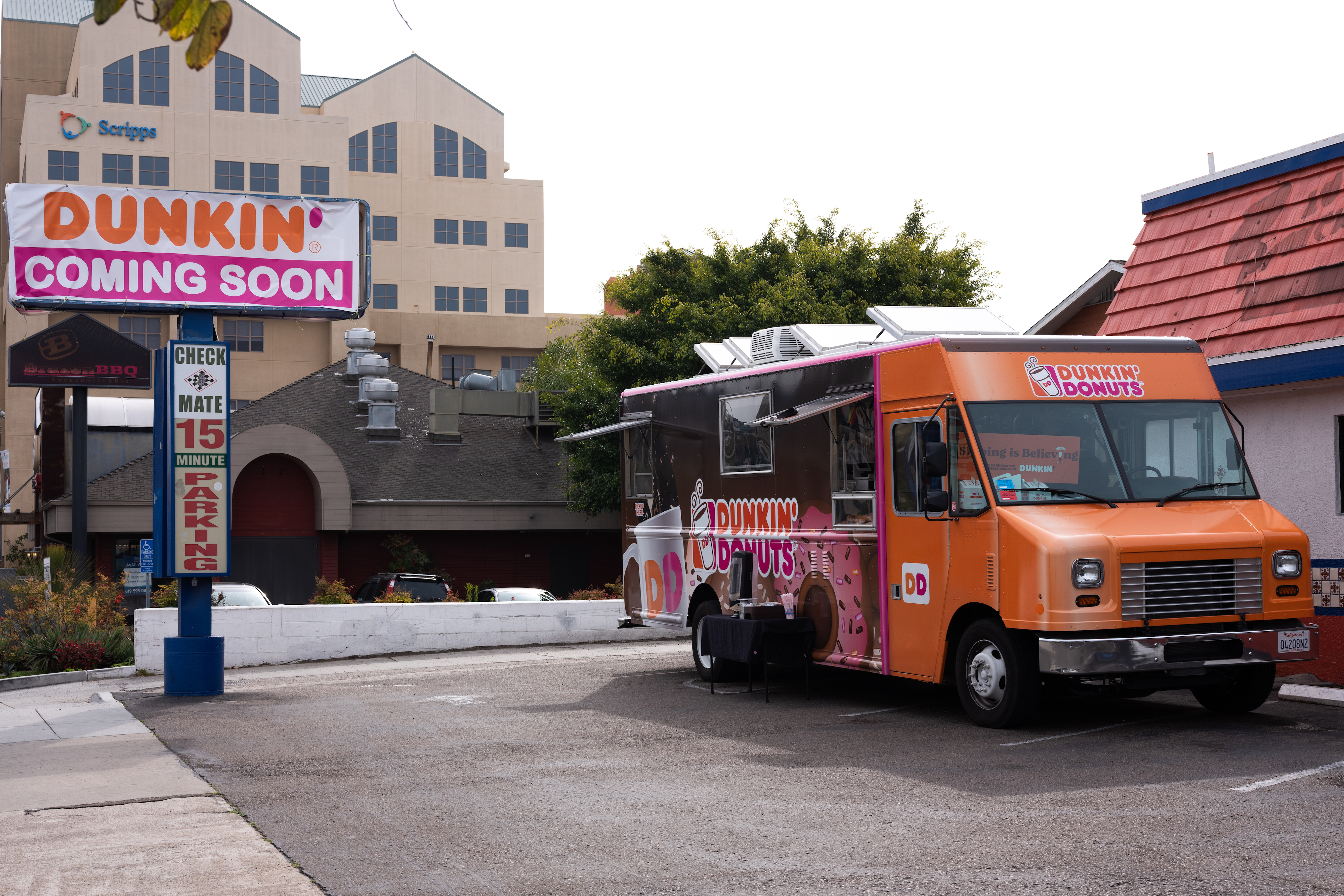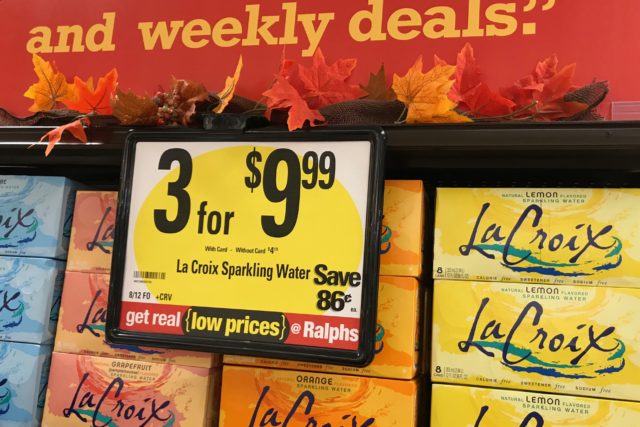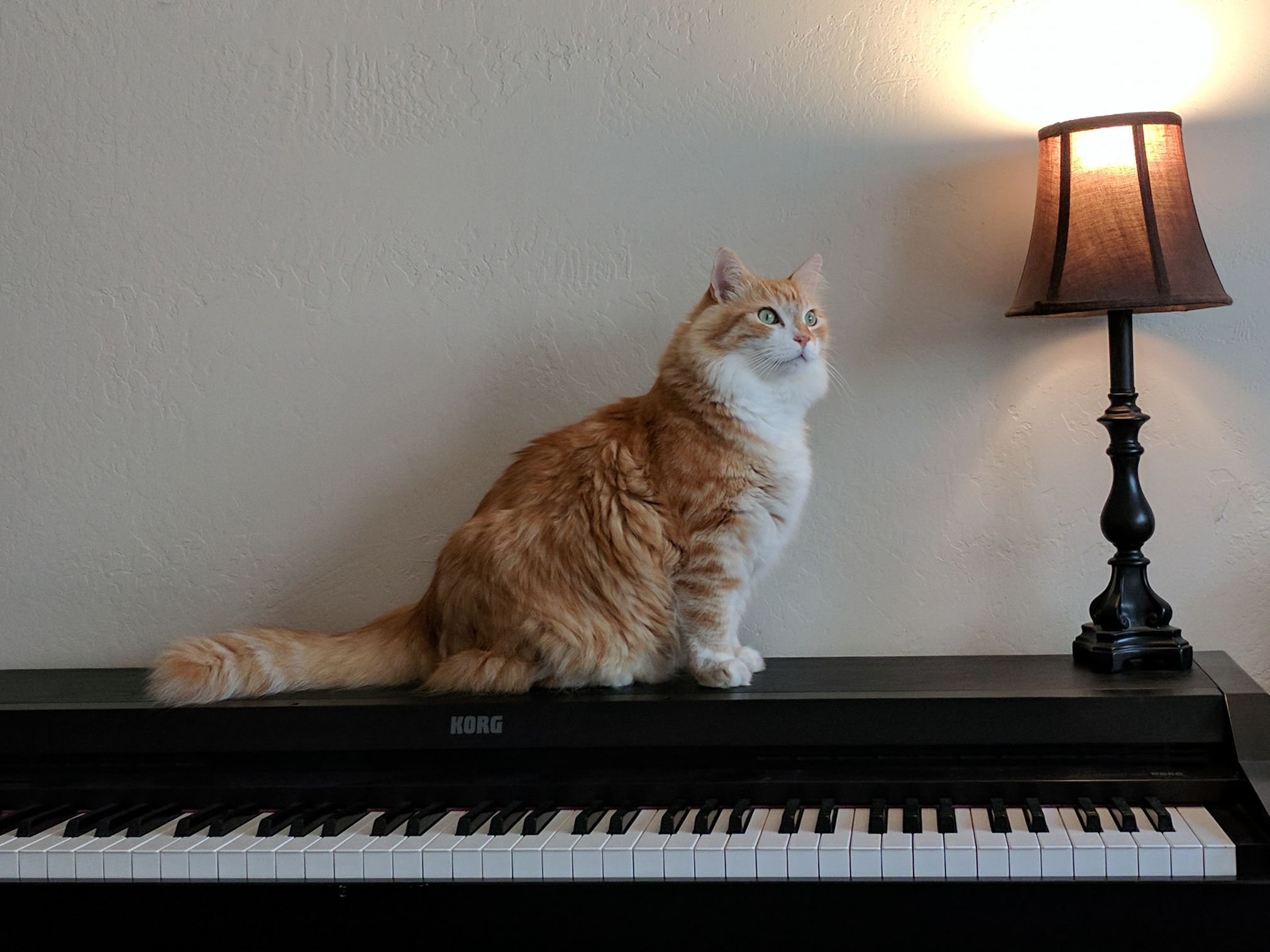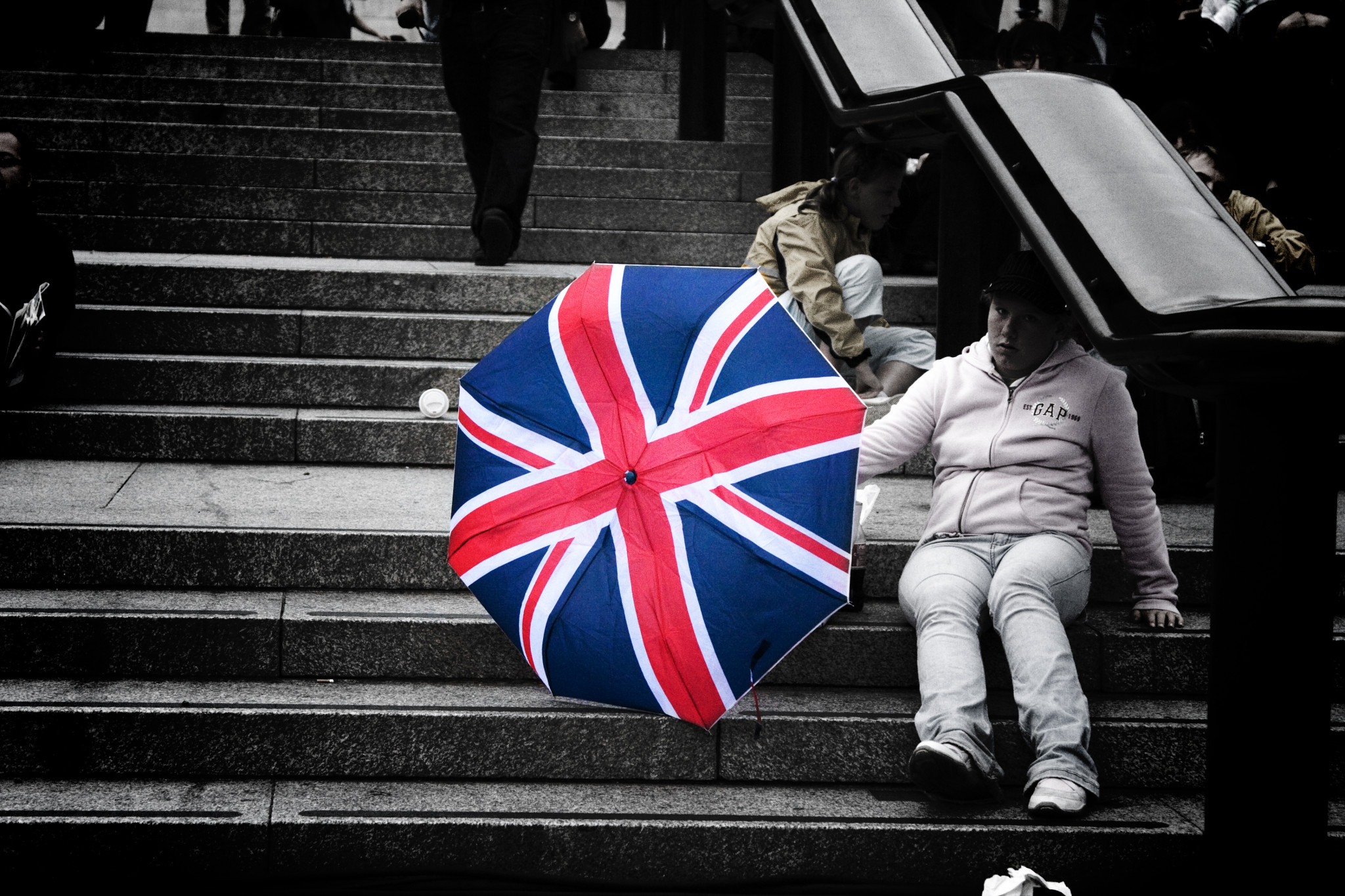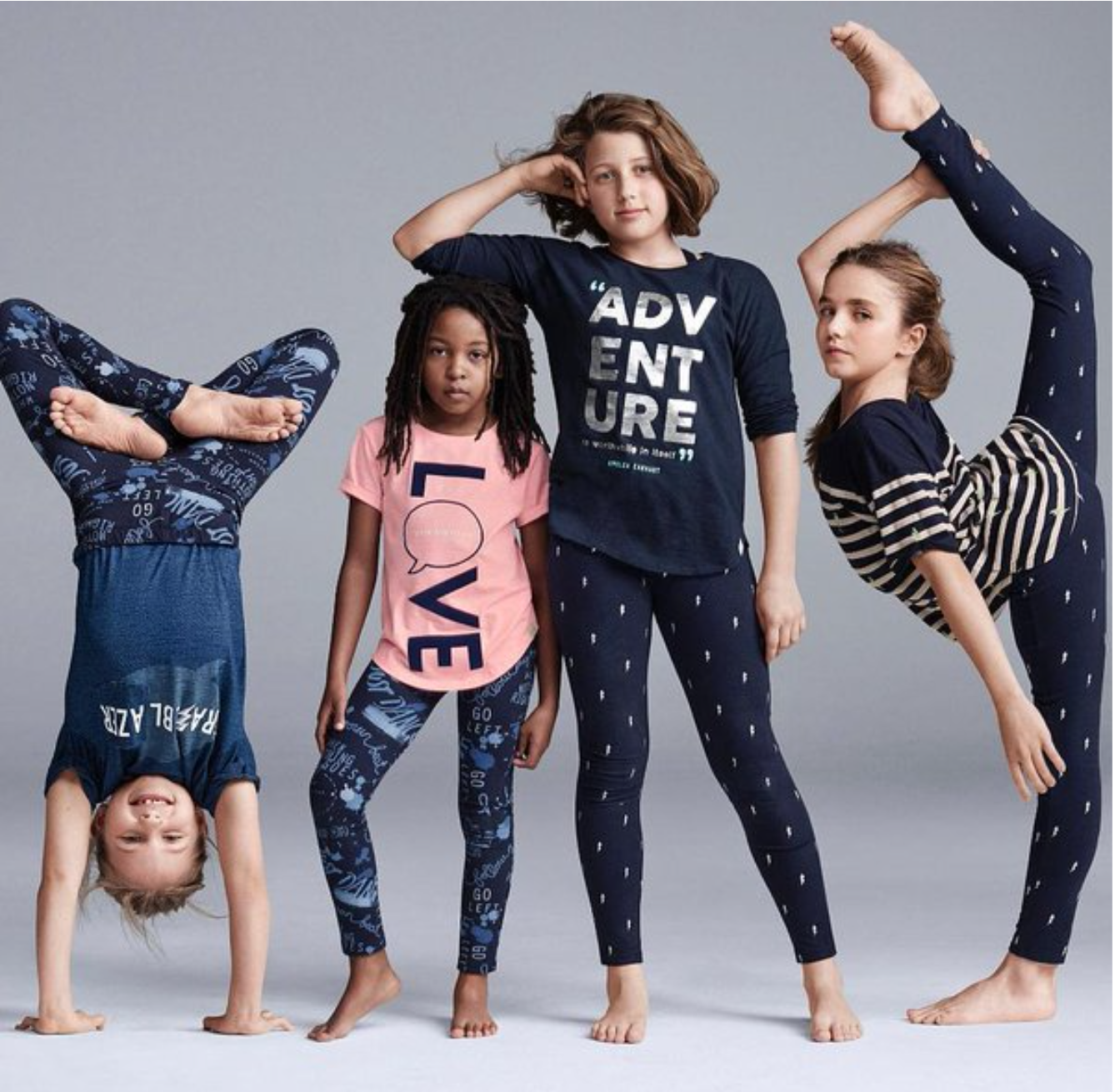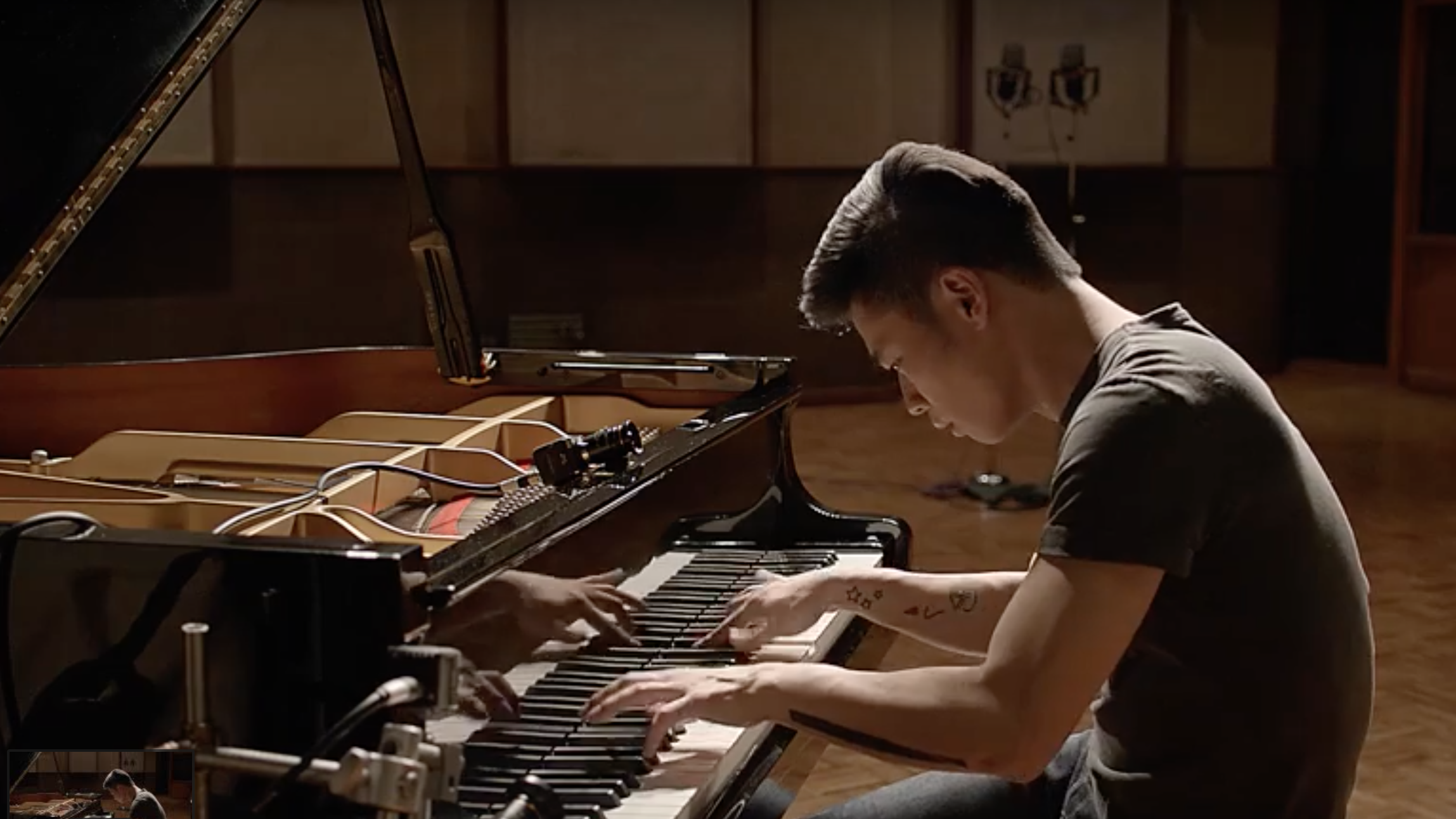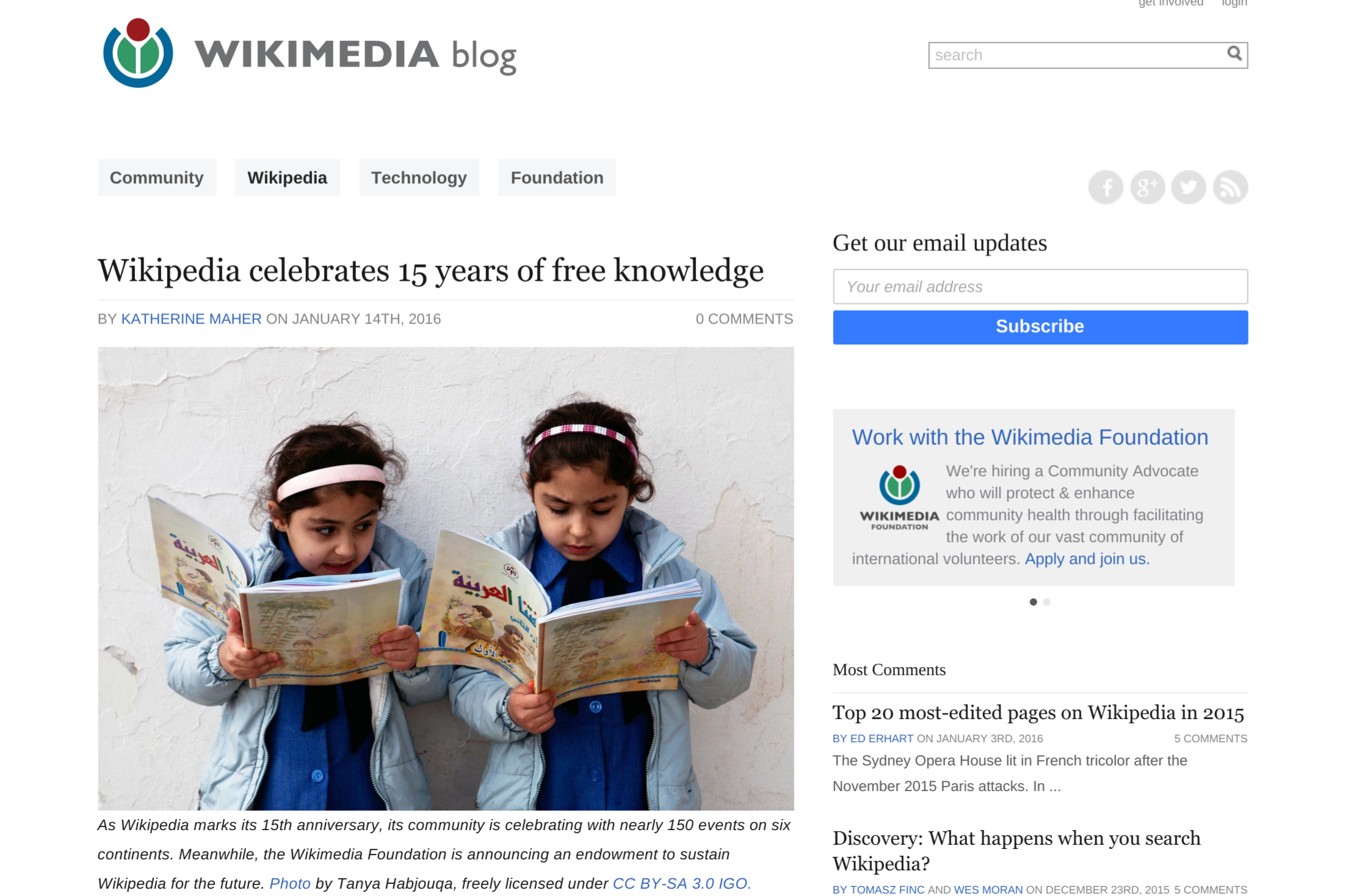One of University Height’s fixtures is Mystic Mocha, which through change of ownership survived the SARS-CoV-2 (severe acute respiratory syndrome Coronavirus 2)/COVID-19 shutdowns mandated by California Governor Gavin Newsom and also San Diego County health authorities.
Today, as my wife and I walked by the place, we happened upon a sign at the corner of Alabama and Mission. I pulled around Leica Q2, knelt down low, and shot the Featured Image. Vitals, aperture manually set: f/8, ISO 100, 1/320 sec, 28mm; 11:39 a.m. PDT.
